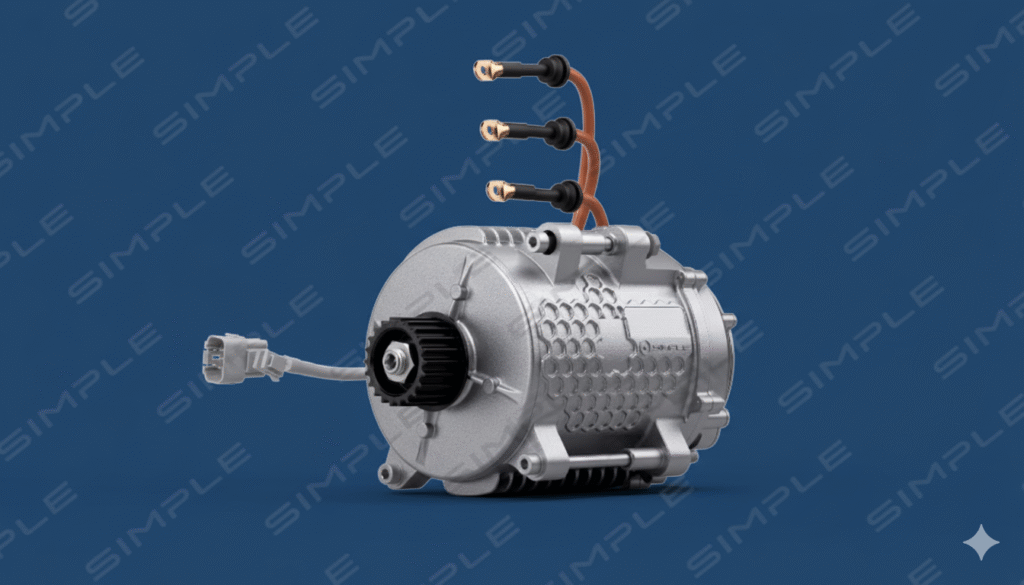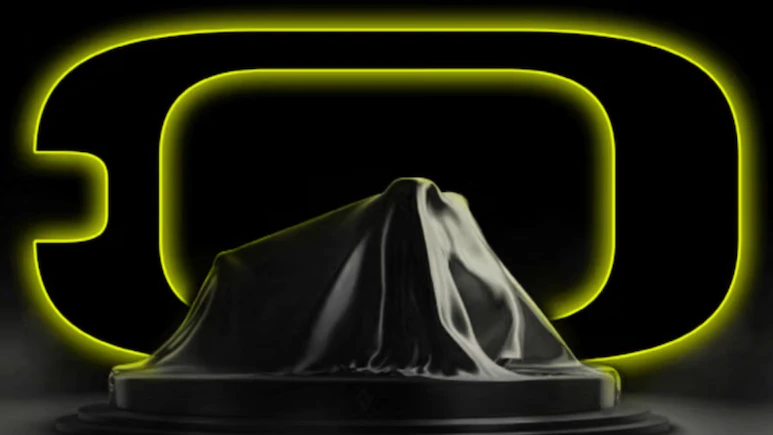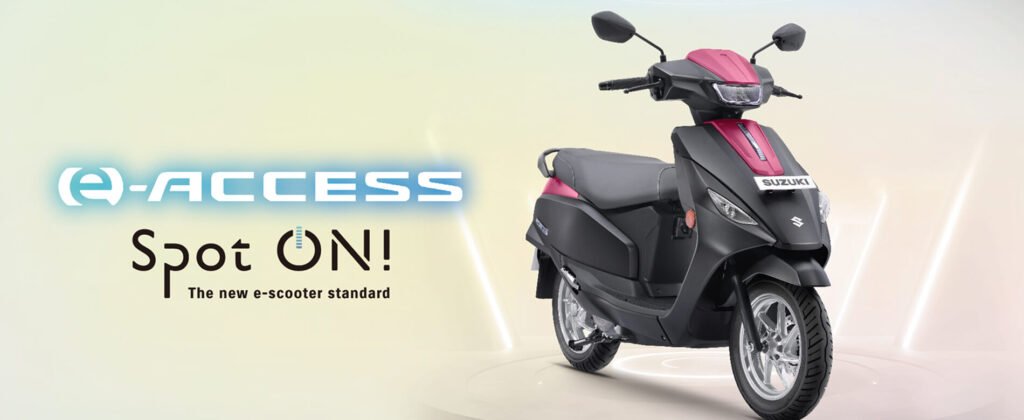In a groundbreaking move for India’s electric vehicle (EV) sector, Bengaluru-based startup Simple Energy has become the nation’s first original equipment manufacturer (OEM) to commercially produce heavy rare earth-free motors. Announced on September 16, 2025, this in-house innovation addresses a persistent global supply chain vulnerability: the heavy reliance on rare earth elements, predominantly controlled by China. Developed and manufactured at the company’s 200,000 sq. ft. facility in Hosur, Tamil Nadu, the patented motors deliver performance and torque comparable to conventional rare earth-based systems, without compromising on efficiency or power. This achievement not only bolsters India’s EV ambitions but also positions Simple Energy as a key player in sustainable, localized mobility.
The Innovation: Breaking Free from Rare Earth Dependenc
Heavy rare earth elements like dysprosium and terbium are staples in EV motors for their superior magnetic properties, enabling compact designs with high torque density. However, China’s dominance—accounting for over 90% of global supply—has led to export restrictions and price volatility, disrupting production worldwide, including in India. Simple Energy’s response is a patented motor architecture that replaces these magnets with optimized alternative compounds, enhanced by proprietary algorithms for precise heat, magnetic field, and torque management. The result? Motors that maintain the “uncompromising performance” of traditional setups, as claimed by the company.
This in-house R&D breakthrough allows Simple to control the entire development cycle—from design to deployment—reducing lead times and costs. Early integration is underway in its flagship electric scooters, the Simple ONE Gen 1.5 (with a 248km range) and Simple OneS (181km range), ensuring seamless upgrades for customers.
Suhas Rajkumar, CEO and Co-founder of Simple Energy, emphasized the strategic importance: “Global supply chain disruptions and material dependencies have made one thing clear: the future of electric mobility must be built on self-reliance.” He added that the innovation aligns perfectly with India’s deep localization goals, with the company achieving 95% localization across its operations. This includes sourcing components domestically and minimizing imports, a move that echoes the Atmanirbhar Bharat and Make in India initiatives.
Why This Matters: Tackling a Global Challenge with Indian Ingenuity
India’s EV market is exploding, with over 1 million units sold in FY25 alone, driven by government incentives and rising consumer demand. Yet, supply chain risks from rare earths have threatened this growth, prompting players like Simple to innovate. By eliminating these elements, the startup not only shields itself from geopolitical tensions but also reduces environmental impact—rare earth mining is notoriously polluting and resource-intensive.On X (formerly Twitter), the announcement sparked widespread acclaim. EV enthusiasts and industry watchers hailed it as a “game-changer for Made in India EVs,” with posts highlighting its potential to lower costs and boost affordability.
One user noted, “This tech reduces reliance on imported heavy rare earths while maintaining high performance,” underscoring the buzz around self-reliance. Business Standard shared the news, amplifying its reach among professionals.
Globally, this positions India as a potential exporter of resilient EV tech, especially as competitors like Tesla and European OEMs grapple with similar shortages. For Simple, it’s a timely resurgence: After launch delays and funding hurdles since debuting alongside Ola Electric in 2021, the company reported Rs 40 crore in FY25 revenue and Rs 27 crore in Q1 FY26, with August sales rebounding to ~17,856 units post the magnet crisis.
Simple Energy’s Growth Trajectory: From Startup to IPO Contender
Founded in 2019 by Suhas Rajkumar and Shreshth Mishra, Simple Energy has raised over $41 million in Pre-Series A and Series A funding from marquee investors like Helios Capital and Mayfield. The Hosur plant, now churning out these motors, supports aggressive expansion: From 46 showrooms in cities like Bengaluru, Pune, and Hyderabad, Simple plans 150 new stores and 200 service centers by FY25 end. A Gen 2 Simple ONE is in the works, promising further upgrades.Looking ahead, the company is gearing up for a blockbuster $350 million IPO in Q2-Q3 FY27, aimed at fueling R&D, scaling production, and penetrating deeper into the market.
This follows a pattern of EV startups eyeing public markets amid sector maturation.
| Key Milestone | Details |
|---|---|
| Founding Year | 2019 |
| Funding Raised | $41M+ (Pre-Series A & Series A) |
| Localization Level | 95% across operations |
| Current Showrooms | 46 (expanding to 150+ by FY25) |
| FY25 Revenue | Rs 40 crore |
| IPO Target | $350M in Q2-Q3 FY27 |
| Flagship Products | Simple ONE Gen 1.5 (248km range), Simple OneS (181km range) |
The Road Ahead: Catalyzing India’s EV Revolution
Simple Energy’s rare earth-free motors are more than a technical feat—they’re a blueprint for resilient, sustainable EV manufacturing. As India targets 30% EV penetration by 2030, innovations like this could slash costs, enhance exports, and mitigate risks, all while aligning with national priorities.
Challenges remain, including scaling production and real-world validation, but early X reactions suggest strong market enthusiasm. For a startup once sidelined, Simple Energy is accelerating toward leadership. As Rajkumar puts it, this is about building EVs “in India, for the world.” With its IPO on the horizon, the future looks electrifying.



